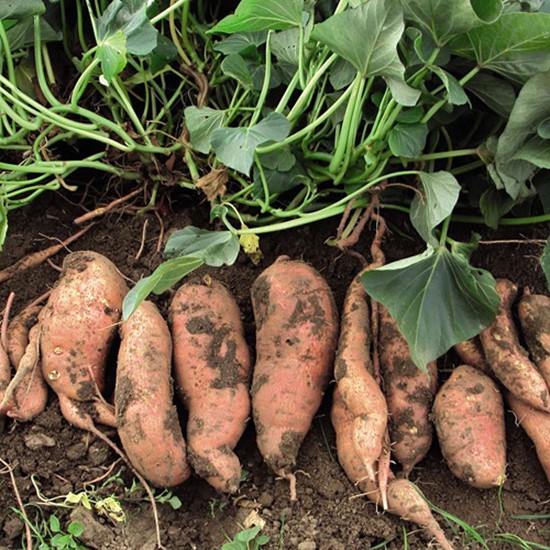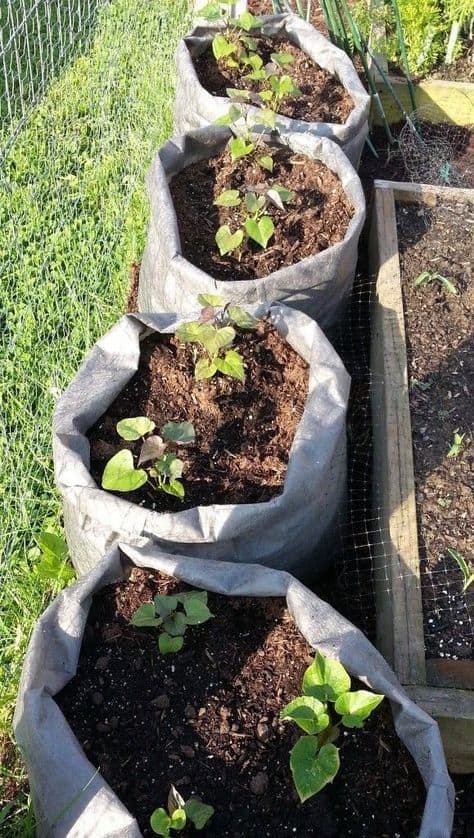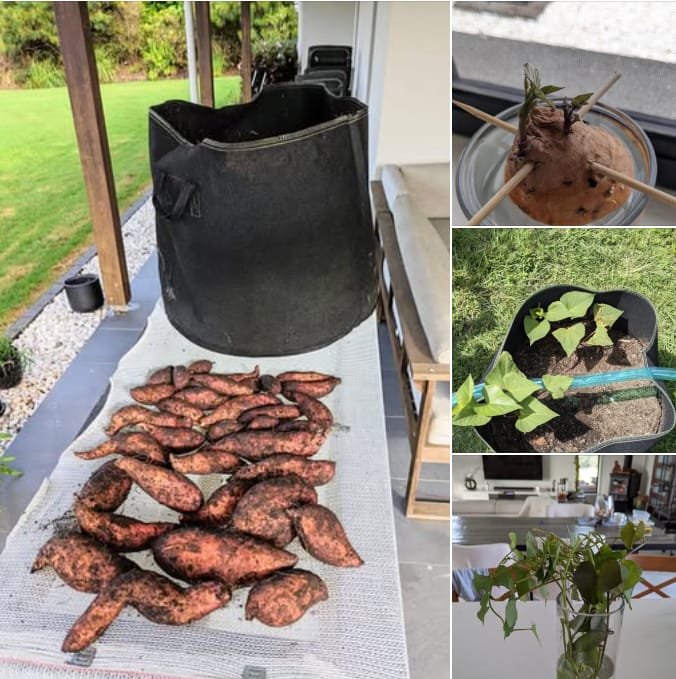Growing your own sweet potatoes might sound like a big job, but it’s easier than you think—especially when you use soil bags. This method is perfect for small spaces like patios, balconies, or tight backyards. You get all the flavor and health benefits of fresh, homegrown sweet potatoes without needing a full garden.
Sweet potatoes are rich in vitamins, fiber, and antioxidants. Plus, they store well and taste amazing in everything from fries to casseroles. If you’re ready to give it a try, here’s how to grow them in 10 simple steps.
Step 1: Choose the Right Variety

Start by picking a sweet potato variety that fits your climate and taste. Two popular options are:
-
Beauregard – Fast-growing with orange flesh and great flavor.
-
Georgia Jet – Good for cooler areas with quick harvest times.
These varieties work well in different regions and are beginner-friendly.
Step 2: Prepare the Soil Bags
Use 20–30 gallon grow bags to give the roots plenty of room. Fill them with a well-draining soil mix—try equal parts compost, potting soil, and coarse sand. This setup supports healthy root growth and prevents water from pooling.
Step 3: Start Sweet Potato Slips
Slips are small shoots that grow from sweet potatoes. To make them:
-
Place a whole sweet potato in water (half submerged).
-
Wait 2–4 weeks for sprouts to appear.
-
Once slips are 4–6 inches long, gently twist them off and place them in fresh water until roots form.
-
Transplant into your soil bags with the roots down and leaves above.
Step 4: Water Consistently
Sweet potatoes need steady moisture. Check the soil every few days. If the top inch is dry, it’s time to water.
Tip: Don’t overwater—soggy soil can cause root rot. Underwatering can stop growth altogether.
Step 5: Fertilize for Growth
Sweet potatoes are heavy feeders. Follow this schedule:
-
At planting: Use a balanced fertilizer (like 10-10-10).
-
Mid-season: Switch to a high-potassium fertilizer to help with tuber development.
Avoid too much nitrogen, or you’ll get big vines and tiny potatoes.
Step 6: Give Them Sun

These plants love warmth. Place the soil bags in a spot that gets 6–8 hours of full sun daily. Ideal soil temperature is 70–85°F.
